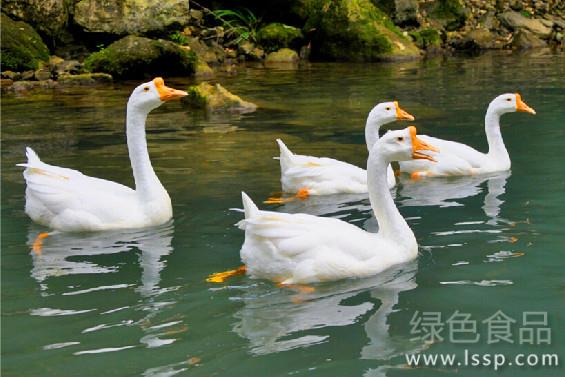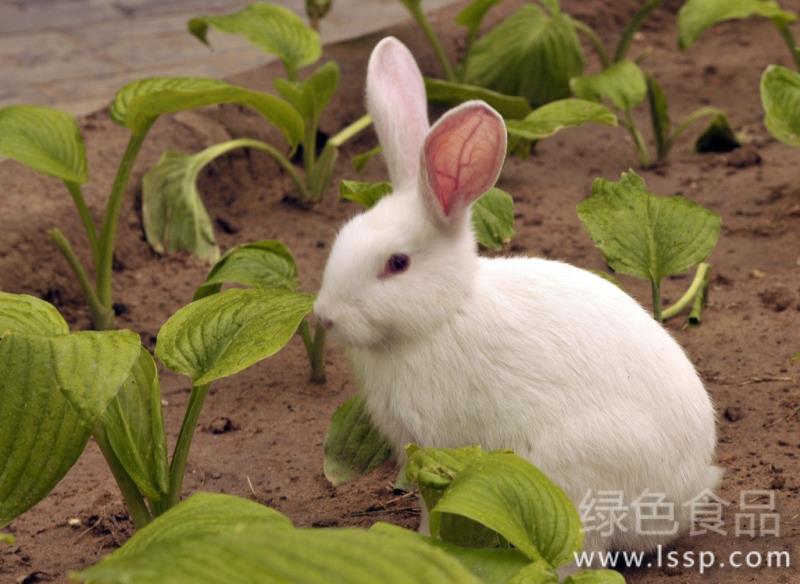How to prevent and control mixed chicken pox
An acute, infectious disease caused by the fowlpox virus. Fowl pox is characterized by the occurrence of pox rash on the skin of the hairless or hairless part of the sick chicken (especially the skin of the head), followed by condensation and shedding; or yellow-white nodules on the oral and throat mucosa of the chicken, gradually increasing and fusing to form necrotic pseudomembrane. Epidemic in spring, autumn and mosquito active season, crowded, wet, poor ventilation, poor sanitation conditions, vitamin deficiency, more likely to occur. If diphtheria type chicken pox secondary to other infectious diseases, harsh environment, a large number of deaths. Most skin type chicken pox, but in recent years mixed chicken pox should not be underestimated.

chicken farm
I. Clinical manifestations
Sick chicken spirit is weak, close eyes shrink head, stay upright, eat less or fast, conjunctiva inflammation, shed tears, sticky fibrin exudate or purulent matter in the corner of the eye is more, serious will be upper, lower eye face adhesion. Swelling around the eyelids and eyes. The conjunctiva of individual sick chickens is cloudy and blind. Some sick chickens, cough shake head, open the mouth, you can see the chicken throat false membrane obstruction. In addition to the above symptoms, another feature is combs, dewlap, claws, eyelids like mung bean size papules, some papules have ulcerated, some have scab. Larynx type, eye type and mixed type were the most common types of death in sick chickens. Laryng-type chicken pox, lesions occur in the oral cavity, throat mucosa, eating, drinking disorders, and breathing difficulties, suffocation and death. Eye type death of sick chickens, upper and lower eyelids adhesion, blindness, affecting food intake and death.
II. Prevention and control measures
1. Strengthen feeding management: take blockade and isolation measures for infected chickens in time, disinfect appliances comprehensively and treat dead chickens innocuously. Timely repair cages, prevent chickens from being stabbed by sharp objects such as bamboo spines and iron wires, and wound sick chickens. The injured parts are rubbed with 5% iodine tincture or purple medicine. Pay attention to the cleanliness of the chicken house and the surrounding environment, thoroughly disinfect it with disinfectant, nail the screen window and screen door of the chicken house to prevent mosquitoes from entering, and eliminate mosquitoes, flies and blood-sucking insects with fly killing sticky paper and mosquito killing lamps.
Immunization: Vaccination against chicken pox is the most effective way to prevent chicken pox. The first immunization is usually carried out at about 10 - 20 days of age with 200-fold dilution of fowlpox quail attenuated virus, and the second immunization is carried out before opening. After shaking, the chicken is soaked with sterile seed needle or pen tip, and the chicken is subcutaneously pricked at the inner side of the wing without blood vessels. Each chicken is pricked once. 3-4 days after pricking, spot check 10% of chickens as samples, check the pricking position, if more than 80% of chickens in the sample appear red swelling and scab at the pricking position, it means that the pricking is successful. After 2~3 weeks, the scab falls off, 14 days after immunization, immunity is produced, otherwise find out the reason, and re-seed in time.
3. Treatment: For chickens with comb, beard, claw and leg pox, after peeling the pox scab with tweezers, apply purple lotion or 1% iodine glycerin (i.e. potassium iodide 10 g, iodine 5 g, glycerin 20 ml, mix well, add distilled water to 100 ml) to the wound. For those with eye swelling, wash eyes with 2% boric acid solution and drop gentamicin eye drops. Mucous membrane type chicken pox, mucous membrane on the pseudomembrane can be removed with small tweezers, give chickens to drink 1/1000 methyl violet solution to prevent secondary infection.
For diseased chickens, Astragalus polysaccharide is added into drinking water, 80- 100g is added per 50kg of water for 3-5 days continuously. Amikacin was added to drinking water to relieve symptoms and prevent secondary infection. Chinese medicines are prepared for treatment, and the formula comprises 90g of gentian, 60g of isatis root, 50g of cimicifuga rhizome, 40g of honeysuckle, 40g of wild chrysanthemum, 30g of forsythia fruit and 30g of liquorice. The Chinese medicines are ground into fine powder, evenly mixed into feed according to the dosage of 1.5g/d for each chicken, and fed in the morning and afternoon. Feed added with a variety of vitamins, enhance chicken disease resistance, protect the skin, promote wound healing, for 5 days. By using the above control measures, the disease can be controlled after 3 days, and the chickens can basically recover after 5 days.
- Prev

How to improve the benefit of raising geese in summer when it is easy to lose fat
How to improve the benefit of raising geese in summer when it is easy to lose fat
- Next

It is difficult to treat rabbit foot dermatitis how to prevent and cure rabbit foot dermatitis
It is difficult to treat rabbit foot dermatitis how to prevent and cure rabbit foot dermatitis
Related
- On the eggshell is a badge full of pride. British Poultry Egg Market and Consumer observation
- British study: 72% of Britons are willing to buy native eggs raised by insects
- Guidelines for friendly egg production revised the increase of space in chicken sheds can not be forced to change feathers and lay eggs.
- Risk of delay in customs clearance Australia suspends lobster exports to China
- Pig semen-the Vector of virus Transmission (4)
- Pig semen-the Vector of virus Transmission (3)
- Five common causes of difficult control of classical swine fever in clinic and their countermeasures
- Foot-and-mouth disease is the most effective way to prevent it!
- PED is the number one killer of piglets and has to be guarded against in autumn and winter.
- What is "yellow fat pig"? Have you ever heard the pig collector talk about "yellow fat pig"?

